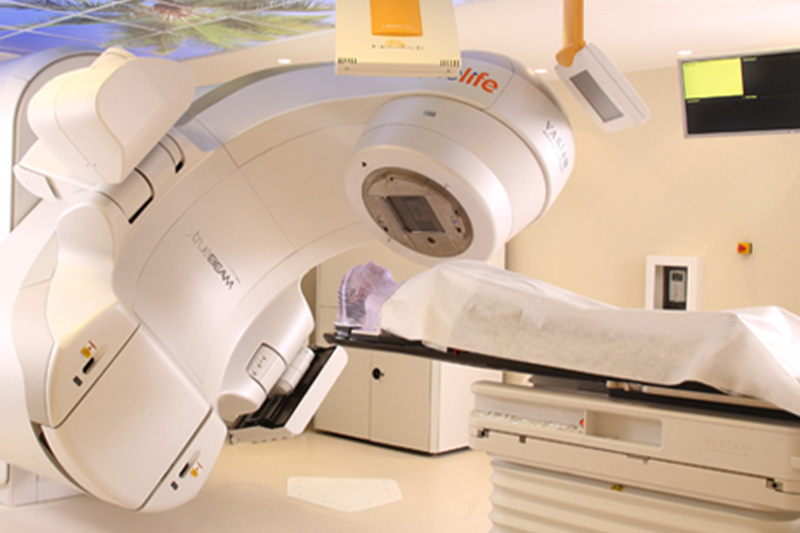Treatment options for children with cancer
Cancer in children is not considered common, which is why treatments for young people under the age of 15 are under continuous research. Clinical trials in pediatric oncology represent research that aims to improve current treatments through effective methods and even find new treatment options.
Treatment options for children with cancer
Oncological treatment in children depends on the stage of the disease, but also on the possible side effects. In addition, in the case of pediatric cancer, the general state of health of the patient is also very important, which can influence the choice of one treatment option over another.
Surgery for children with cancer
Whether we are talking about malignant or benign tumors, the operation is necessary to remove the tumor, but also the tissue around it.
Chemotherapy in the treatment of cancer in children
Chemotherapy is used to destroy cancer cells and stop their ability to grow. In the field of pediatric oncology, children respond well to this treatment and at the same time, they have a greater capacity to recover after high doses of chemotherapy, compared to adults. Thus, oncologists can usually opt for higher doses of chemotherapy in the case of children, precisely to treat the condition as efficiently as possible.
Radiotherapy
Radiotherapy involves the use of controlled doses of radiation on the tumor and aims to destroy cancer cells, so that they do not affect healthy tissues. Oncologists use an advanced radiotherapy technology, through which the dose of radiation is focused only on the tumor area, without affecting the surrounding healthy tissues.
Stereotactic radiotherapy – modern oncological treatment
Stereotactic radiotherapy is one of the most modern oncological treatments for children. This is based on an identification system capable of precisely locating cancerous tumors.
The difference between stereotactic radiotherapy and classical radiotherapy consists in the radiation dose emitted and in its precision of action. In the case of stereotactic radiotherapy, the dose of radiation is lower, but applied strictly only to the tumor area.
In the field of pediatric oncology, stereotactic radiotherapy is a medical solution often recommended, especially because it limits the amount of radiation, which leads to the minimization of adverse effects.

